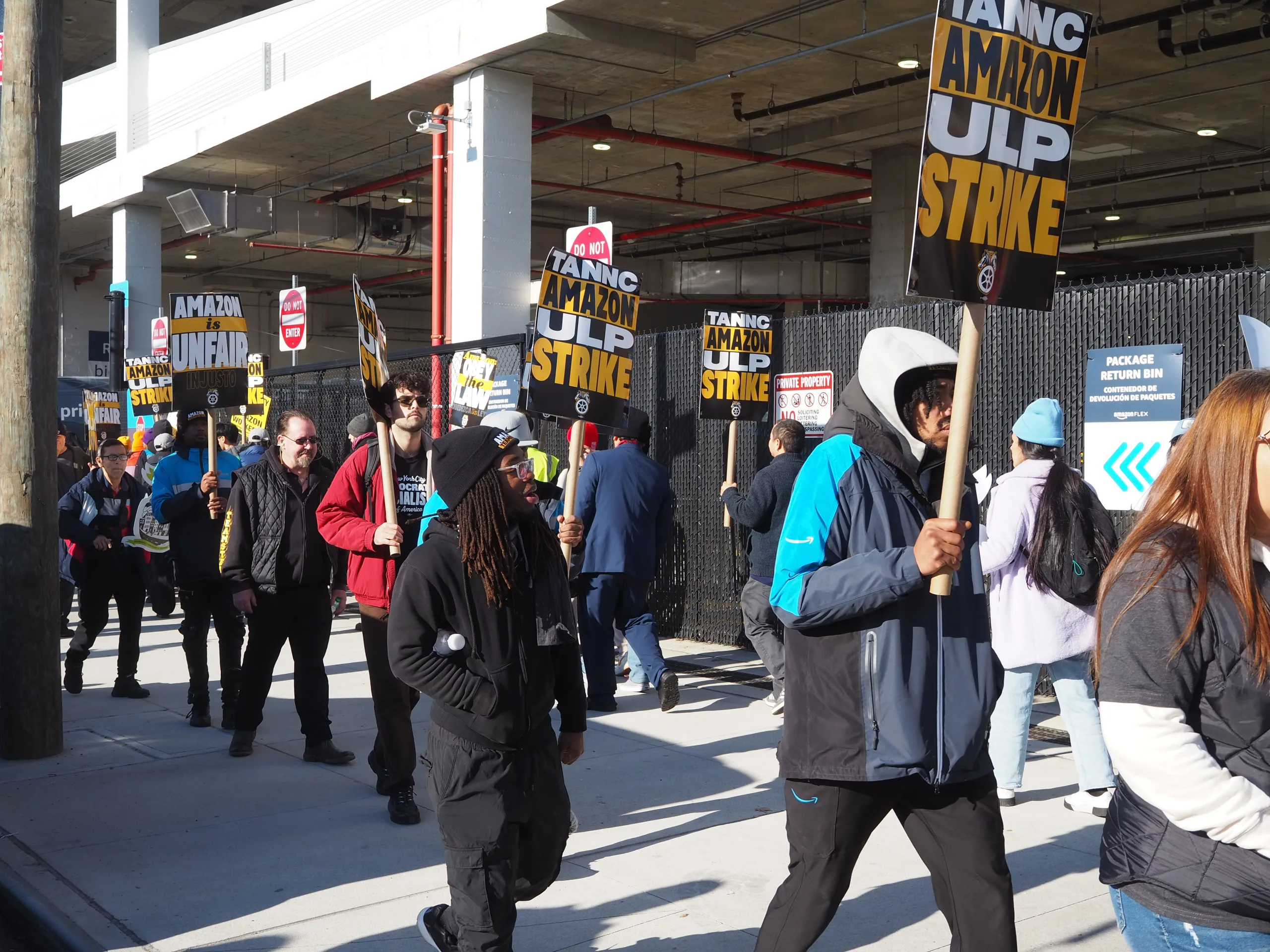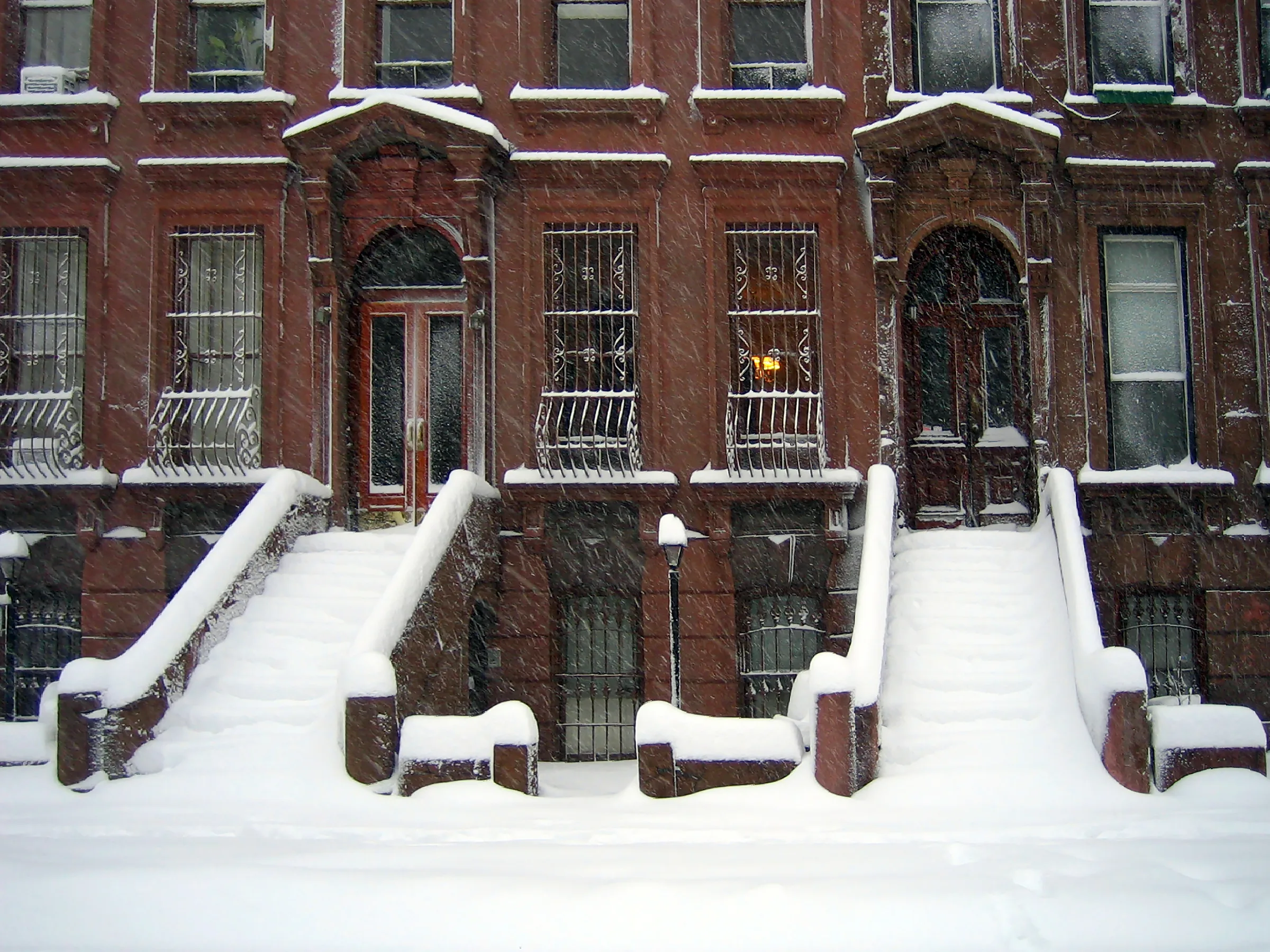In immigrant neighborhoods at the center of the coronavirus crisis in New York City, many residents are worried about losing their jobs, feeding their families and getting sick. The census is the last thing on their mind.
“Right now their house is on fire,” said Chuck Park, Civic Participation Manager at MinKwon Center for Community Action in Flushing, Queens. “They are not thinking about investing in fire trucks and stations for the future to prevent it. They are thinking about putting out that fire as soon as possible.”
The census determines hundreds of billions of dollars in federal funding for essential services, like schools, public housing and healthcare. This is the message that Park and other community groups have been trying to convey to their members in the hardest-hit areas — where resources like hospitals are underfunded and overcrowded.
Prior to the pandemic, New York City officials and advocates warned that African-Americans and immigrants could be undercounted; the Trump administration’s proposed citizenship question, which did not make the final version, had further stoked fear and uncertainty. Now the effects of the coronavirus — the illness, the financial fallout and the stay-at-home orders — have made it even more difficult for census outreach efforts, making the possibility of an undercount of immigrant communities even more of a concern.
New York City’s interim response rate of 45.8% lags behind the national average of 51.6%, according to data released by the Census Bureau on April 23. Queens, which has over 42,000 coronavirus cases, provides the starkest example of how COVID-19 is affecting the census in New York’s most vulnerable communities. In Corona, which has more total COVID-19 patients than any other zip code in the city, the census response rate is just 24.5%.
An undercount of New York City could result in the loss of millions of dollars for federal funding, which would cripple the city’s ability to provide essential services, such as Medicare, Medicaid and SNAP benefits. An inaccurate count could also result in less political representation for the city. The census determines Congressional seats and is used to draw political districts at federal, state and local levels.
The city also consults census data when making decisions on its infrastructure, such as funding for hospitals, where to place language programs and educational initiatives for children. The Department of Health also looks at census data in responding to emergencies, such as vaccines for the measles outbreak in 2018.
“I have been telling anyone who will listen that we have to double down the outreach efforts,” said Joseph Salvo, the chief demographer at the Department of City Planning. “We have to get up the response rates. It’s a very difficult situation but we have several months now, we can breakthrough.”
In an effort to engage New York communities, the city had disbursed $19 million to over 150 nonprofit local organizations in 245 neighborhoods across the five boroughs.
Documented spoke with ten groups promoting the census in immigrant neighborhoods, including an NAACP chapter, a settlement house, a workers’ rights coalition, and a nonprofit working with new Americans in some of the hardest hit areas of Queens, Brooklyn and the Bronx. They said that the city’s shelter-in-place order has forced them to pivot from their previous strategies — which relied on shoe leather efforts and in person interaction.
“The hardest hit communities have the lowest response rates which leaves them even more vulnerable going forward if that trend continues,” said Meeta Anand, Census 2020 Senior Fellow at the New York Immigration Coalition, an advocacy organization that oversees immigrant groups throughout the state.
Many community groups have shifted away from census outreach, focusing instead on providing food and helping people apply for unemployment benefits, which include essential workers or undocumented immigrants who are not eligible for a stimulus check.

Last month, Mayor de Blasio wrote a letter to the Census Bureau asking them to extend the deadline because the public health crisis posed a severe risk to the accuracy and credibility of the population count. In response to similar calls around the country, the bureau has extended the self-response deadline by two weeks to August 14 and proposed to move the date to October 31, pending Congressional approval.
Rep. Alexandria Ocasio-Cortez (D-N.Y.) has also been vocal about the need for an extension. In an open letter she outlined concerns for the accuracy of the census amid the pandemic. Ocasio-Cortez represents the 14th congressional district, which includes parts of Queen and the Bronx and where over 25% are non-citizens.
“As things currently stand, those districts hit the hardest by COVID-19,” wrote Ocasio-Cortez, “those districts which already suffer greatest from structural racism and inequity, stand to be the most undercounted.”
The 14th congressional district already has some of the most crowded schools in the city in part due to a significant undercount in Queens and Brooklyn in 2010. As of April 22, the response rate currently stands at 39.1% — over six percent lower than the overall city response rate.
And while the proposed extension has allowed people more time to be counted, the challenge for community groups is how to do so in the next few months before funding from the city runs out.
Field workers were meant to begin going out in mid-May after the formal deadline for self-responding had passed. But the census delayed that phase of on-the-ground counting until after June 1. In-person activities will include recommended personal protective equipment (PPE) and social distancing practices.
However, according to studies done by the Department of City Planning, the self-response data is the most accurate that the bureau collects, which is why Salvo is urging people to fill it out themselves. That information is more reliable than if the Department has to cross-reference records after the fact to contest the census.
Recently, community groups have adopted new approaches to increase self-response rates such as phone banking and social media advertisements to reach their communities. The mayor’s office has also placed ads in foreign language newspapers and across 23 different language radio stations in the city. They are also rolling out activities tailored to reach key neighborhoods in Queens and other boroughs such as a textathon and WhatsApp, WeChat and other social messaging campaigns.
Julie Menin, Director of the Census for NYC, told Documented that the partnership with local groups and their trusted community members, in conjunction with virtual outreach, will be the key to engaging hard to reach populations.
The aggressive efforts that these groups made in Washington Heights and Inwood — where 69.5% identify as Hispanic — early this year also seemed to have helped the area stay ahead of the city’s pace this year. In 2010, the neighborhoods had the highest self-response rate in the city. Currently, both have census tracts where the self-response rate is over 50% despite the fact that Washington Heights has one of the highest rates of COVID-19 in Manhattan.
However, the city’s “digital divide” was already a concern to online response rates to the first digital census before the coronavirus outbreak. Nearly one-third of households concentrated in immigrant-heavy neighborhoods don’t have broadband access.
Many immigrant groups are now relying on phone banking to reach out to their community. Staff at Adhikaar — a non-profit in Elmhurst that works with South Asian immigrants — have placed over 1,000 calls to members of their community in just three weeks.
Historically, the census count has been via the mail. But this year, it is possible to fill out online. The Adhikaar staff guides people on how to fill out the census, either by hand or the internet, over the phone. But they also use the calls as an opportunity to check in with people who are at the epicenter of the crisis. The first step of getting members to fill out the census is getting them to understand the urgency. Being located only a half a mile away from Elmhurst Hospital — the city hospital most overrun by COVID-19 cases — couldn’t be a more harrowing reminder.
Maya Gurung, census manager at Adhikaar, explains this to the community members on the other end of the phone line.
“Our community needs and the resources that we need all depend on the census numbers,” she says.
















